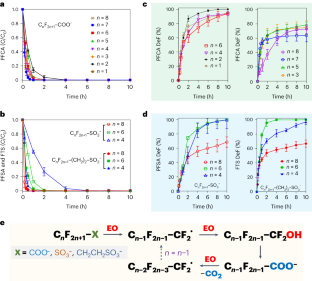2024-05-09 カリフォルニア大学リバーサイド校(UCR)
◆UCリバーサイドの天体物理学者スティーブン・ケインが研究していた、太陽から約66光年離れたところにあるHD 104067星系の惑星は、非常に多くの活火山に覆われており、遠くから見ると真っ赤に輝いているように見える。この新たな惑星TOI-6713.01は、地球の30%ほど大きく、表面温度は2,600Kに達するため、いくつかの星よりも高温です。
◆火山活動の原因は、木星がIoに及ぼす重力と同じように、HD 104067星系内の他の惑星がTOI-6713.01に重力的な影響を与えて楕円軌道にしているためです。この軌道によって惑星が引き絞られ、火山活動が活発化しています。この発見は「潮汐エネルギー」という現象が地球型惑星にどれだけのエネルギーを注ぎ込めるかを示しています。
<関連情報>
- https://news.ucr.edu/articles/2024/05/09/squeezed-neighbors-planet-glows-molten-lava
- https://iopscience.iop.org/article/10.3847/1538-3881/ad3820
完璧な潮の嵐 HD 104067の惑星構造が白熱世界を作り出す A Perfect Tidal Storm: HD 104067 Planetary Architecture Creating an Incandescent World
Stephen R. Kane, Tara Fetherolf, Zhexing Li, Alex S. Polanski, Andrew W. Howard, Howard Isaacson, Teo Močnik, and Sadie G. Welter
The Astronomical Journal Published:2024 April 25
DOI:10.3847/1538-3881/ad3820

Abstract
The discovery of planetary systems beyond the solar system has revealed a diversity of architectures, most of which differ significantly from our system. The initial detection of an exoplanet is often followed by subsequent discoveries within the same system as observations continue, measurement precision is improved, or additional techniques are employed. The HD 104067 system is known to consist of a bright K-dwarf host star and a giant planet in a ∼55 days period eccentric orbit. Here we report the discovery of an additional planet within the HD 104067 system, detected through the combined analysis of radial velocity (RV) data from the High Resolution Echelle Spectrometer and High Accuracy Radial velocity Planet Searcher instruments. The new planet has a mass similar to Uranus and is in an eccentric ∼14 days orbit. Our injection-recovery analysis of the RV data exclude Saturn-mass and Jupiter-mass planets out to 3 au and 8 au, respectively. We further present Transiting Exoplanet Survey Satellite observations that reveal a terrestrial planet candidate (Rp = 1.30 ± 0.12 R⊕) in a ∼2.2 days period orbit. Our dynamical analysis of the three planet model shows that the two outer planets produce significant eccentricity excitation of the inner planet, resulting in tidally induced surface temperatures as high as ∼2600 K for an emissivity of unity. The terrestrial planet candidate may therefore be caught in a tidal storm, potentially resulting in its surface radiating at optical wavelengths.



